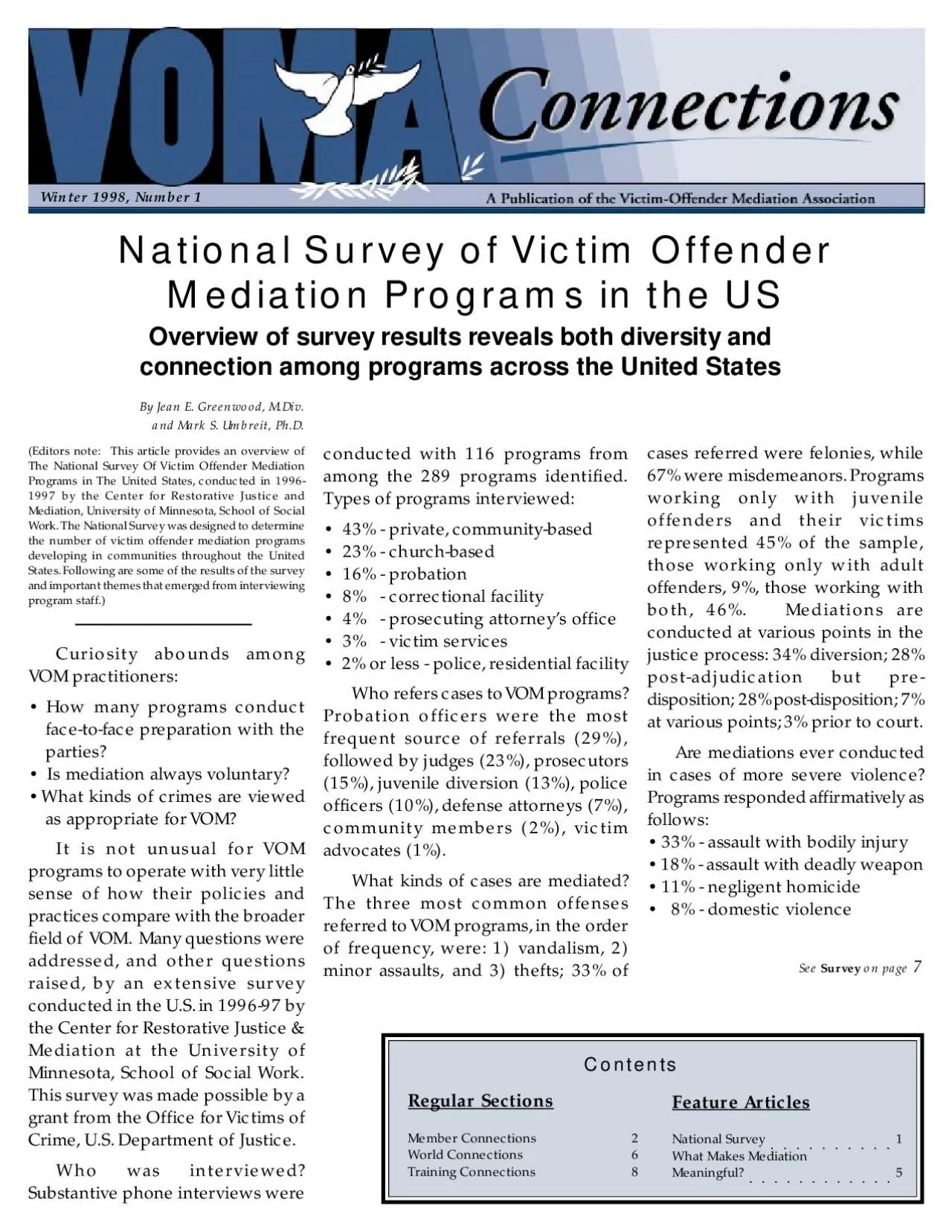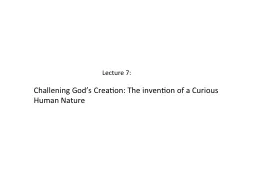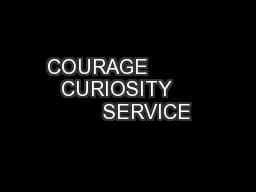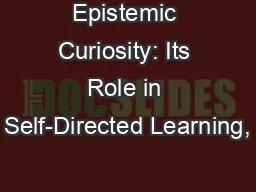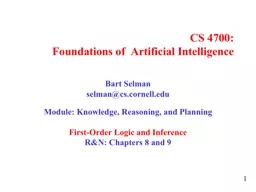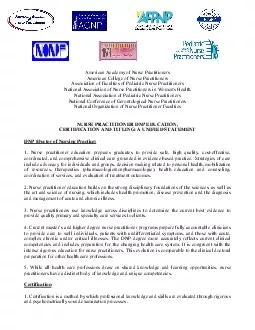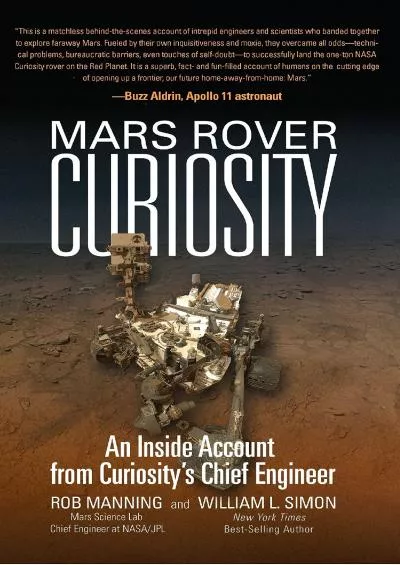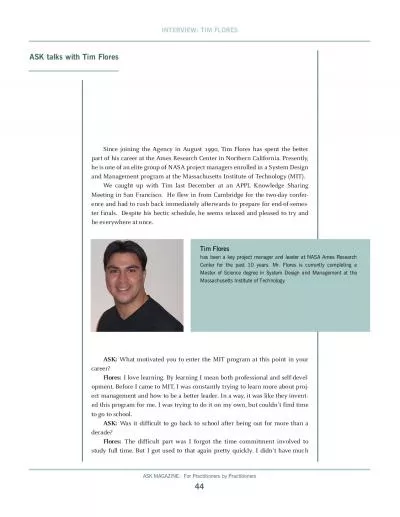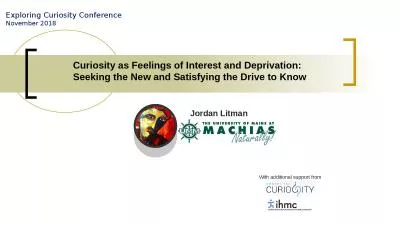PDF-Curiosity abounds amongVOM practitioners:¥ How many programs conductf
Author : elina | Published Date : 2021-01-05
National Survey of Victim OffenderMediation Programs in the USEditors note This article provides an overview ofThe National Survey Of Victim Offender MediationPrograms
Presentation Embed Code
Download Presentation
Download Presentation The PPT/PDF document "Curiosity abounds amongVOM practitioners..." is the property of its rightful owner. Permission is granted to download and print the materials on this website for personal, non-commercial use only, and to display it on your personal computer provided you do not modify the materials and that you retain all copyright notices contained in the materials. By downloading content from our website, you accept the terms of this agreement.
Curiosity abounds amongVOM practitioners:¥ How many programs conductf: Transcript
Download Rules Of Document
"Curiosity abounds amongVOM practitioners:¥ How many programs conductf"The content belongs to its owner. You may download and print it for personal use, without modification, and keep all copyright notices. By downloading, you agree to these terms.
Related Documents

